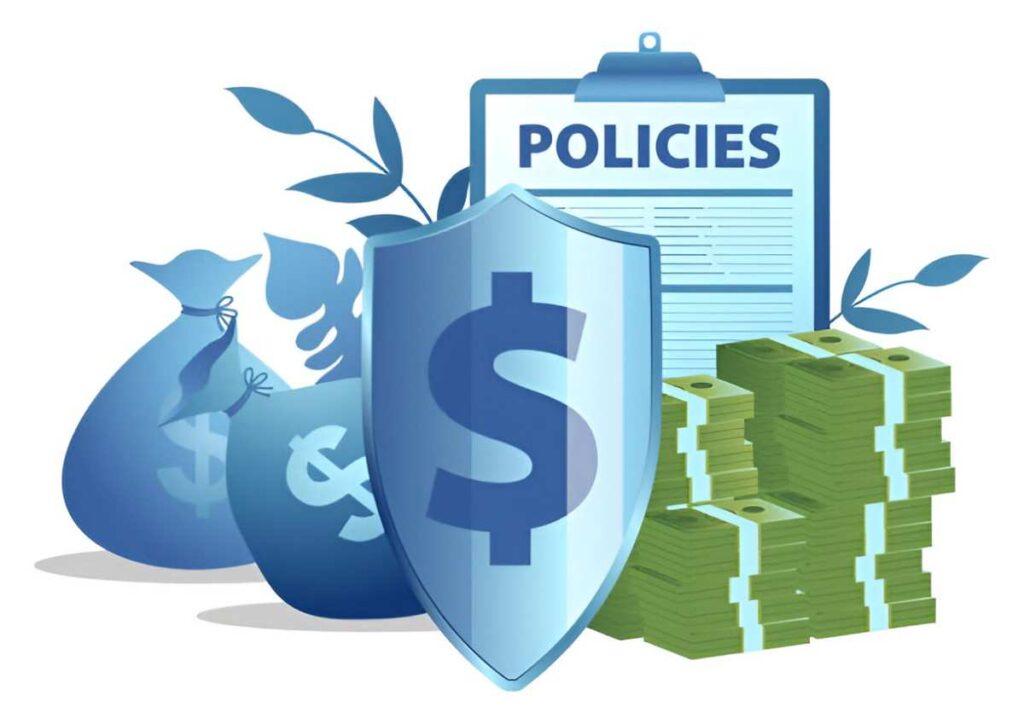Inherent Vice refers to the tendency of certain goods or property to deteriorate or become damaged due to their inherent characteristics, despite all reasonable care and precautions. In insurance, inherent vice is an important consideration as it can affect coverage and claims settlements. Understanding inherent vice is essential for both insurers and policyholders to assess risks and determine appropriate coverage accurately.
Table of Contents
What is Inherent Vice?
Inherent Vice refers to the natural characteristics or qualities of certain goods or properties that make them susceptible to damage, decay, or deterioration over time. These characteristics are inherent to the nature of the items and cannot be eliminated or prevented entirely, even with the exercise of reasonable care and precautions. Common examples of inherent vice include perishable goods, fragile items, and materials prone to rust or decay.
Key Points:
- Natural Characteristics: Inherent vice arises from the natural properties or characteristics of certain goods or properties, such as their composition, structure, or sensitivity to environmental conditions.
- Unavoidable Damage: Damage or deterioration caused by inherent vice is often unavoidable, even with the exercise of reasonable care and precautions by the owner or custodian of the property.
- Impact on Insurance: In insurance, inherent vice is considered a risk factor that insurers take into account when underwriting policies and assessing claims. Coverage for losses caused by inherent vice may be limited or excluded from insurance policies, depending on the type of coverage and the specific terms and conditions.
Example of Inherent Vice
An example of inherent vice is the tendency of certain fruits, such as bananas or avocados, to spoil or ripen quickly due to their natural composition and susceptibility to changes in temperature and humidity. Despite careful handling and storage, these fruits may deteriorate and become unsuitable for sale or consumption within a short period. In this case, the inherent vice of the fruits makes them prone to spoilage, regardless of the precautions taken by the seller or distributor.
Importance of Inherent Vice in Insurance
- Risk Assessment: Inherent vice is an important factor in assessing the risk associated with insuring certain types of property or goods. Insurers consider the inherent characteristics of the insured items when underwriting policies and determining premium rates.
- Coverage Limitations: Insurance policies may contain exclusions or limitations on coverage for losses caused by inherent vice. Policyholders should review their insurance policies carefully to understand the extent of coverage for inherent vice-related losses and consider additional coverage or risk mitigation measures if necessary.
- Claims Settlement: Inherent vice can affect the outcome of insurance claims and claims settlements. Insurers may deny or limit coverage for losses caused by inherent vice if they determine that the damage was unavoidable due to the inherent characteristics of the insured items.
- Risk Management: Understanding inherent vice allows policyholders to implement risk management strategies to mitigate the impact of inherent vice-related losses. This may include implementing proper storage and handling procedures, investing in protective measures, or exploring alternative insurance options to address specific risks associated with inherent vice.
Conclusion
Inherent vice refers to the natural characteristics or qualities of certain goods or property that make them susceptible to damage, decay, or deterioration over time. In insurance, inherent vice is an important consideration as it can affect coverage, claims settlements, and risk management strategies. Policyholders should be aware of the inherent characteristics of their insured items and review their insurance policies carefully to understand the extent of coverage for losses caused by inherent vice. Insurers, on the other hand, should consider inherent vice when underwriting policies and assessing claims to accurately evaluate risks and determine appropriate coverage terms and conditions.





